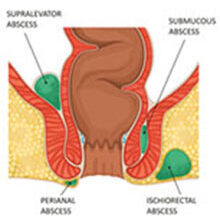
Long-standing abscess
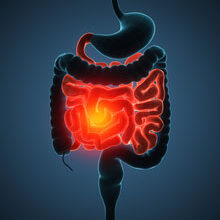
Underlying Medical conditions

Sexually Transmitted Diseases
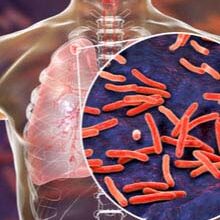
Tuberculosis

Trauma

Bleeding
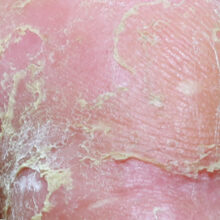
Skin Maceration
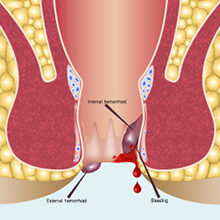
Perianal swelling

Pus or blood discharge

Pain during bowel movements/urination
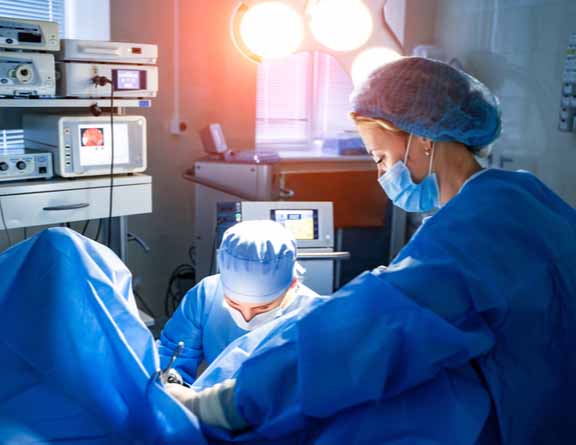
Doctors usually diagnose an anal fistula by examining the area around the anus. To determine the depth and direction of the fistula tract doctor can produce drainage from the external opening. If the fistula is not visible on the skin surface, additional tests like Anoscopy is used. To better define the fistula, the doctor may order an MRI or Ultrasound as well.
Usually, several fistula surgical techniques or options are used to treat anal fistulas. A few of them are seton placement, closure of fistula with a medical plug, drainage of infection from the fistula, opening up the fistula to heal on its own, and laser technique. At Pristyn Care, anal fistula doctors prefer to perform the fistula laser treatment because of its benefits like:
Anal fistula operation with the help of laser technique involves the insertion of the radiation-emitting probe into the anal area where the fistula is developed. Then, the radiation from the probe is emitted directly to the fistula to destroy its epithelium and obliterates the rest of the fistula channel/tract.

Your safety is taken care of by thermal screening, social distancing, sanitized clinics and hospital rooms, sterilized surgical equipment and mandatory PPE kits during surgery.

Our surgeons spend a lot of time with you to diagnose your condition. You are assisted in all pre-surgery medical diagnostics. We offer advanced laser and laparoscopic surgical treatment. Our procedures are USFDA approved.

A dedicated Medical Coordinator assists you throughout the surgery journey from insurance paperwork, to free commute from home to hospital & back and admission-discharge process at the hospital.

We offer free follow-up consultations and instructions including dietary tips as well as exercises to every patient to ensure they have a smooth recovery to their daily routines.